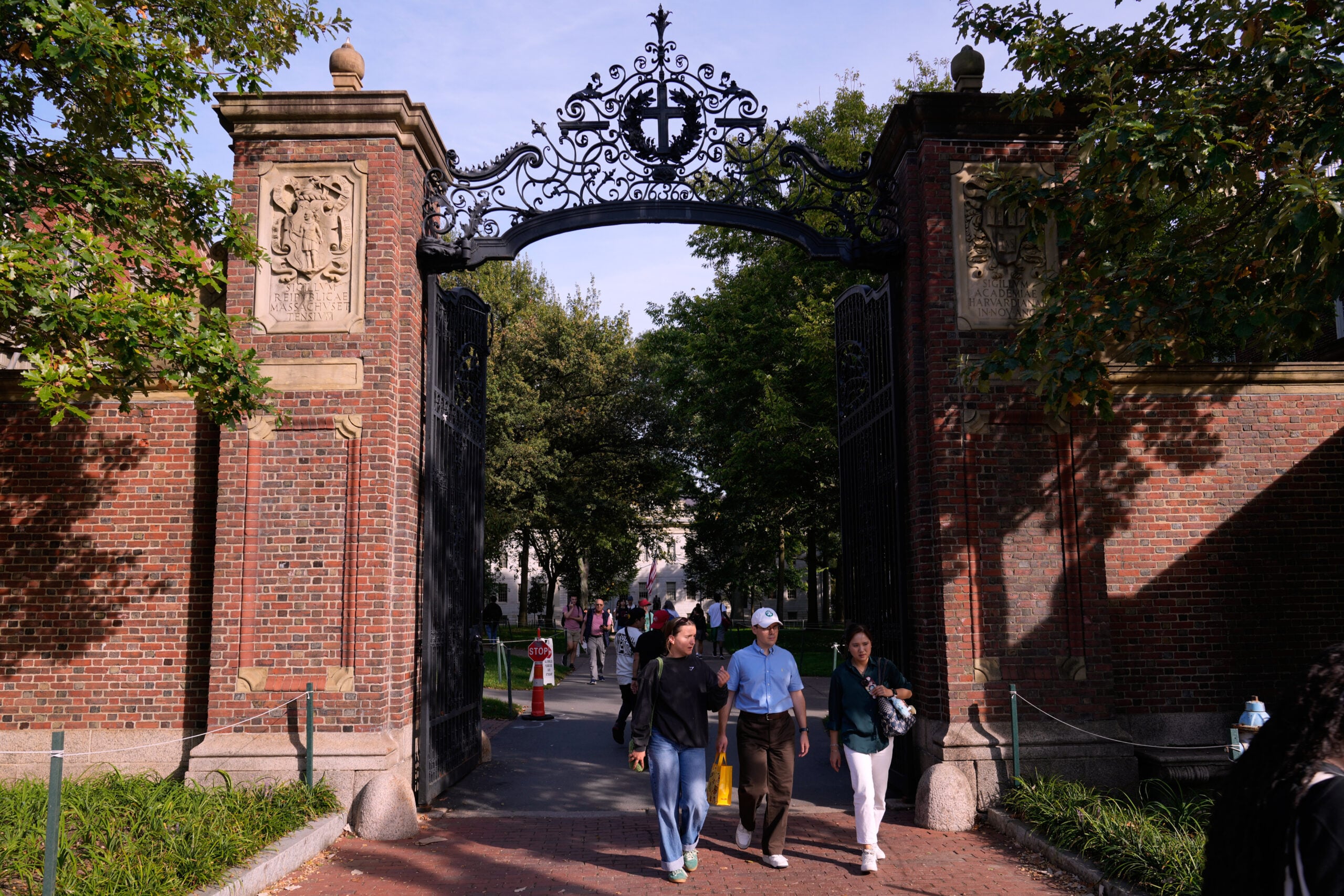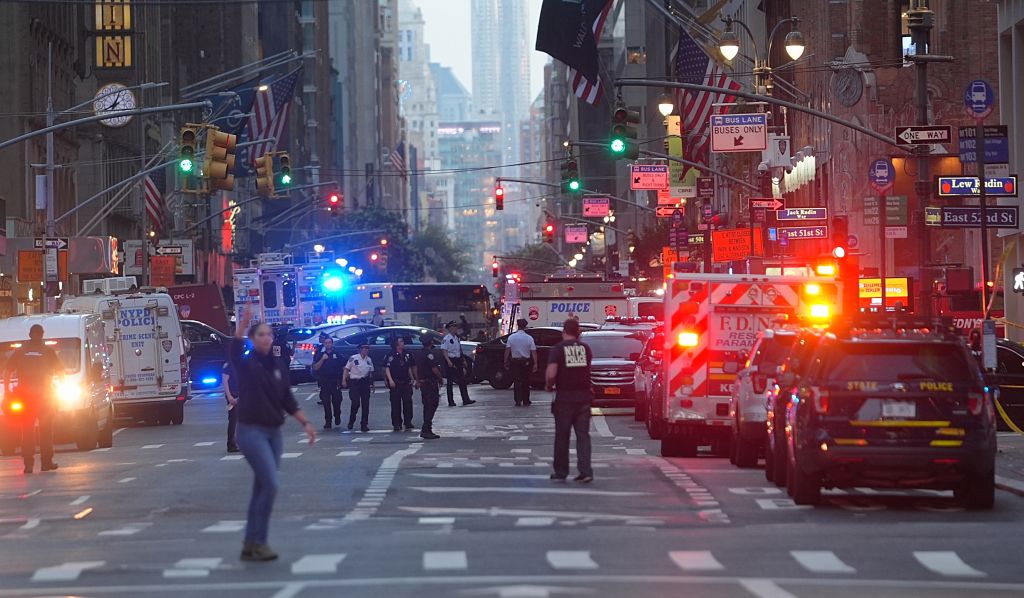Affrilachia Exists: The People Reclaiming Black Identity in Appalachia

I was on a walking tour with Dr. Joseph Fox along Asheville’s Black Cultural Heritage Trail. We stopped in front of the YMI Cultural Center, one of the first Black community centers in the country. We discovered buildings designed by James Vester Miller, a Black architect who had no formal education. Miller built some of downtown Asheville’s most iconic brick buildings that are still standing today.
From there, we discussed some of the town’s darkest history. On our tour, two of three placards in Asheville honor John Humphries, Hezekiah Rankin, and Bob Brackett, memorializing three young Black men who were lynched.
We ended the walking tour at Pack Square Park in the middle of the Goombay Festival, one of the longest-running Black cultural festivals in Asheville. The timing couldn’t be more perfect. Unbeknownst to our tour group was Matthew Bacoate, Jr., a veteran and local legend who is credited with integrating bowling alleys in Asheville.
In less than two hours, one thing was clear: Black people have a significant history and distinct culture in Asheville that is often overlooked. Most people associate the mountainous region in the eastern part of the United States, known as Appalachia, with white, rural, and flannel-wearing people. Aside from the flannels (because I visited two months before fall), this stereotype couldn’t be further from the truth.

What Is Affrilachia?
Poet Frank X Walker coined the term “Affrilachia” in 1991 to describe the experience of African Americans in Appalachia. His goal was to challenge the traditional white-centric perception of the region.
Affrilachia provides a name for the unique identity and experiences of African Americans in the region. It not only creates a sense of place and belonging, which is often overlooked, but also sheds light on how African Americans helped to shape the region.
“It’s a term that recognizes Black people live and thrive in the mountains,” DeWayne Barton, founder and CEO of Hood Huggers International, tells Travel Noire. Barton takes people on tours through Hood Huggers in his hometown of Asheville to explore African American history, culture, and traditions.
“Not only have Black people always lived in the mountains, but we’ve done some incredible things here, such as building the railroad and establishing successful communities,” Barton adds.
History Buried In The Hills
Contrary to popular perception, Black people have lived in the region for centuries, dating back to the 1700s. While there is no single story of African Americans in Appalachia, they represented 10% of the population by 1860, as noted by Oxford African American Studies.
As white people moved into the mountains, so did free and enslaved Africans. Scholars note that whites, Native Americans, and African Americans lived in proximity to each other in the early years of settlement. It’s important to note that the region is named for the mountain range that runs from Southern New York to Northern Mississippi. It comprises three subdivisions: Northern, Southern, and Central. Each region has its own history of settlement and race relations.
For example, some historians believe that Native American nations such as the Cherokees held Africans in enslavement in the Southern Appalachia region. The topography did not lend itself to the large plantation systems found in the Deep South. Still, slavery in the area is complex because Appalachia was divided by Civil War loyalties. Northern Appalachia joined the Union, the Southern region joined the Confederacy, and those in Central Appalachia were divided.
In the 1830s, the construction of the Western North Carolina railroad created a high demand for enslaved laborers in the area. Those who were enslaved were assigned tasks such as digging track beds, laying tracks, and performing maintenance work. By the late 19th and early 20th centuries, African Americans, driven by the opportunity for work, migrated to the wider Appalachian region, including areas near Asheville, to work in the coal and steel industries. This was also a chance to escape the harsh conditions of the Jim Crow South and sharecropping.
Voices Of Modern Affrilachia
While Black people in Asheville represent only about 10% of the total population, there are spaces, community organizations, and businesses working to preserve Black Appalachian identity. Reclaiming the space isn’t just about geography. It’s about dignity, memory, and belonging.
“The Black community was able to create their own businesses and communities in the height of Jim Crow Segregation,” Barton adds. “There were ‘Black Wall Streets’ all over the country, including here in Asheville.”
Asheville Black Cultural Heritage Trail

To explore Affrilachian culture, visitors should start with the Asheville Black Cultural Heritage Trail. A guide will take you through three communities: Downtown, the Southside, and the River Area. You will learn how Black people from all backgrounds in Asheville built resilient communities through businesses, churches, and schools amid segregation. Guides will also educate people about local civil rights leaders, Black unions, and the significance of the railroad that Black Americans helped to construct.
South Asheville Cemetery Tour
The South Asheville Cemetery is a two-acre cemetery that began as a slave burial ground. While only 93 headstones have names or dates identifying the people buried at the site, the South Asheville Cemetery Association believes it is the final resting place for more than 2,000 Black Ashevillians. This cemetery is one of only a few cemeteries for African Americans in the region. Volunteers with the association also say it’s the oldest public African American cemetery in Western North Carolina.
The YMI Cultural Center
Initially known as “The Young Men’s Institute,” the YMI Cultural Center is one of the oldest Black cultural centers in the United States. It is currently on the National Register of Historic Places. The founders, Isaac Dickson and Dr. Edward Stephens, envisioned an organization that was similar to the YMCA to support Asheville’s African-American community. Dr. Stephens was frustrated with racial discrimination and the perception that Black people were incapable of being self-reliant.
Black people in surrounding communities developed extensive networks and business organizations with the help of the thriving institution, YMI. The YMI Cultural Center still stands as a beacon. It flourished during segregation and continues to be the center of preserving the heritage of African Americans in the region.
Good Hot Fish

Founded by Ashleigh Shanti, Good Hot Fish is currently the only Black-owned restaurant in Asheville. The counter service fish fry concept is driven by her love and desire to spotlight Carolina’s finest fisherfolk. The restaurant serves nostalgia, classic recipes, and warm Southern hospitality.
The Foundry Hotel
Staying at the Foundry Hotel Asheville will give guests an authentically local experience that is rooted in the historically Black neighborhood once known as “The Block.” Formerly enslaved people built this once-thriving business district, but the urban renewal project from the ‘70s nearly destroyed the rich history found in the area.
Just outside the hotel is Noir Collective AVL, a Black-owned boutique, art gallery, and bookstore featuring Black entrepreneurs. It is also located on “The Block” within the retail spaces of the YMI Cultural Center. You can find books, magazines, artworks, home designs, and jewelry from small Black business owners and authors.
The post Affrilachia Exists: The People Reclaiming Black Identity in Appalachia appeared first on Travel Noire.
What's Your Reaction?
 Like
0
Like
0
 Dislike
0
Dislike
0
 Love
0
Love
0
 Funny
0
Funny
0
 Angry
0
Angry
0
 Sad
0
Sad
0
 Wow
0
Wow
0



























